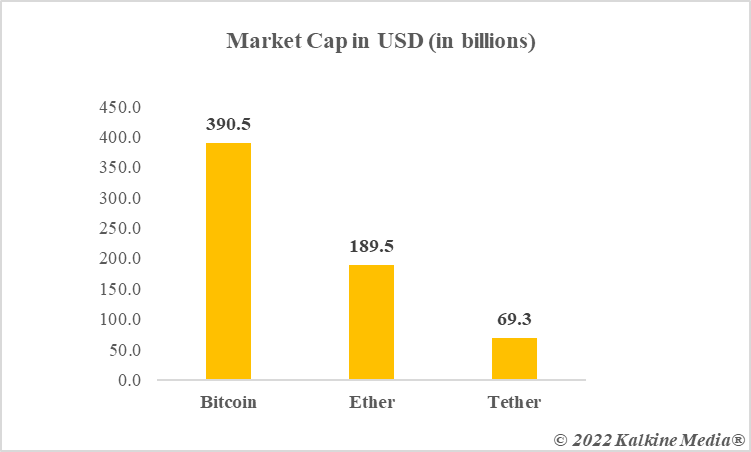Is Tether (USDT) an independent blockchain?
The two terms – blockchain and cryptocurrency – are often mentioned together. Bitcoin, for example, popularized not only the concept of cryptocurrency, but also the blockchain, which is claimed to have a variety of uses outside of the crypto market. The second largest participant in the space, Ether, also has both blockchain and cryptocurrency capabilities.
But what about the third largest crypto by market capitalization, Tether? Is Tether a regular cryptocurrency like Bitcoin, a native token like ETH (Ethereum), or a ‘stablecoin’? Tether’s (USDT) value is claimed to be pegged to the US dollar, making it a stable coin within the broader crypto space. Controversies like any stablecoin losing its fiat currency attachment aside, today let’s examine whether Tether also has blockchain and cryptocurrency attributes like Bitcoin and Ether.
Not a blockchain, but blockchain enabled
Tether is a “blockchain-enabled” platform. This means that although the blockchain’s public distributed ledger system enables the functioning of the cryptocurrency, there is no independent and native blockchain in the Tether project. Many newer altcoins such as SOL and ADA have their blockchains, of which the related cryptos are their respective native tokens. Blockchain users are normally required to pay the network fee using the native token.
In Tether, there is no such arrangement, and instead the cryptocurrency’s use case differs from mainstream cryptos like Bitcoin. USDT is claimed to be fully backed by real-world reserves such as cash, and each token will have a value equal to one dollar. The issued tokens operate on several blockchains, including those of Ethereum and Polygon. The main purpose of USDT is to offer a digital alternative to fiat currency, which can also have a predictable and stable value at all times.

Stated data of CoinMarketCap.com
No use case for developers
Ethereum is a blockchain that supports the development needs of its users. For example, one can deploy a new decentralized app (DApp) on top of Ethereum’s blockchain. Even new cryptocurrency tokens can also be floated using Ethereum. Non-fungible tokens (NFTs) also leverage the blockchain of either Ethereum or other competing platforms such as Solana. On the other hand, Tether does not offer any such services to developers and it acts as a pure stablecoin.
The bottom line
Tether does not have its independent blockchain, but it is a “blockchain-enabled” setup. Its purpose, as claimed by the project, is to act as a cryptocurrency with a stable value. Many projects may add a native blockchain after launching their cryptocurrency, for example Shiba Inu (SHIB) introduced Shibarium. As of now, Tether has not given any similar hint.
Risk Disclosure: Trading cryptocurrencies involves high risks, including the risk of losing part or all of your investment amount, and may not be suitable for all investors. The prices of cryptocurrencies are extremely volatile and may be affected by external factors such as economic, regulatory or political events. The laws that apply to crypto products (and how a particular crypto product is regulated) are subject to change. Before deciding to trade in financial instruments or cryptocurrencies, you should be fully informed of the risks and costs associated with trading in the financial markets, carefully consider your investment objectives, level of experience and risk appetite, and seek professional advice where necessary. Kalkine Media does not and cannot represent or warrant that any of the information/data available here is accurate, reliable, current, complete or appropriate for your needs. Kalkine Media will not accept responsibility for any loss or damage resulting from your trading or your reliance on the information shared on this website.


